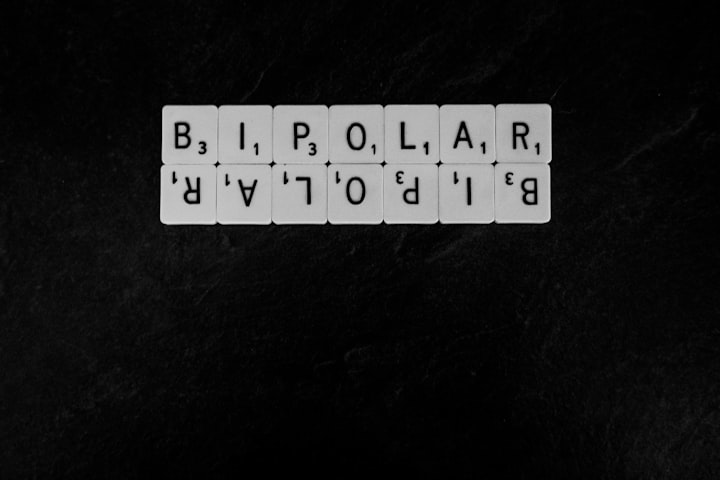Difference between sadness and depression
Difference between sadness and depression

In the nuanced labyrinth of human emotions, understanding the difference between sadness and depression can seem confusing, particularly given how these two emotions often overlap. However, this lack of clarity can have far-reaching implications for mental health understanding and treatment. To truly comprehend the difference between sadness and depression, one must delve into the depths of these two emotional states.
Firstly, it's important to acknowledge that sadness is a normal human emotion, triggered by specific situations such as the loss of a loved one, a break-up, or any adverse event. On the other hand, depression is a mental disorder, which can pervade every aspect of a person's life, often without any specific triggering event.
Understanding Sadness
Sadness is a fundamental part of the human emotional spectrum, often arising as a natural response to specific situations that cause emotional pain or upset. It's associated with feelings of sorrow, disappointment, grief, or loss. In essence, sadness is a feeling that something is 'wrong'. It is a reactive emotion, meaning it is typically caused by an external event or circumstance.
Importantly, sadness is usually temporary. It fades with time as the person copes with the upsetting event, heals, and gradually returns to their usual emotional state. This doesn’t mean the source of the sadness is forgotten or negated, but the acute intensity of the emotion typically subsides.
Decoding Depression
In contrast, depression is a persistent and prolonged emotional state, independent of one's circumstances. A person suffering from depression often feels a profound and constant sense of despair, hopelessness, or lack of interest in life, extending beyond usual sadness. The symptoms of depression are manifold and often include changes in sleep and eating patterns, lack of concentration, feelings of worthlessness, and even thoughts of death or suicide.
Unlike sadness, depression does not necessarily require a triggering event. It can occur out of the blue, leaving the individual unable to pinpoint why they feel the way they do. Moreover, depression is chronic and can last for weeks, months, or even years. A crucial aspect that differentiates depression from sadness is its impact on day-to-day functioning. Depression often leads to a significant impairment in daily activities and relationships.
Difference between Sadness and Depression
The main difference between sadness and depression lies in duration, cause, and impact. Sadness is usually triggered by an upsetting event and fades with time, while depression is a prolonged state that can occur without a specific reason and impacts daily functioning.
Another vital difference between sadness and depression is how they are treated. Sadness, being a normal emotional response, doesn't require medical intervention. Support from friends and family, as well as self-care practices, can help individuals navigate through periods of sadness.
Depression, however, is a medical condition that often requires treatment, including psychotherapy and medication. A person experiencing depression cannot simply 'snap out' of their state. They require professional help and support to manage their symptoms and improve their quality of life.
Overlapping Features of Sadness and Depression
It's critical to mention that sadness and depression can coexist. For instance, an individual who is generally depressed may feel particularly sad following a disappointing event. Similarly, an intensely sad person may demonstrate some symptoms of depression, such as tearfulness or lack of energy.
Furthermore, a person experiencing a depressive episode may not appear to be sad. They may show a lack of emotional responsiveness, often described as feeling 'numb' or 'empty'. This is another significant distinction between sadness and depression. While sadness is a pronounced emotional state, depression can be characterized by a lack of feeling or emotional expression.
Conclusion
Understanding the difference between sadness and depression is essential not just for mental health professionals but for everyone. Such knowledge helps to remove stigma, facilitates early recognition of depressive symptoms, and promotes appropriate treatment seeking.
While both sadness and depression are challenging emotional states, it's important to remember that help is available. If you or someone you know is struggling with depression, it's important to reach out to a mental health professional. Just as with physical health, mental health requires care, attention, and treatment. In understanding the difference between sadness and depression, we take an important step towards acknowledging and addressing mental health issues in our society.





Comments
There are no comments for this story
Be the first to respond and start the conversation.